Water damage can strike at any time, leaving a trail of destruction in its wake. Whether caused by a burst pipe, a leaking appliance, or a natural disaster, the aftermath can be overwhelming.
Fortunately, the water damage restoration process is designed to mitigate the impact and restore your property to its pre-loss condition. This introduction aims to shed light on the intricate steps involved in this critical process.
With a precise blend of expertise, advanced equipment, and proven techniques, water damage restoration professionals meticulously assess the situation. They identify the extent of the damage and develop a comprehensive plan of action.
From water extraction and structural drying to dehumidification and mold remediation, each phase is carefully executed to ensure a thorough and efficient restoration. The ultimate goal is to minimize further damage, safeguard your property, and provide peace of mind during this challenging time.
The Water Damage Restoration Process
Step 1: Initial Inspection and Assessment
When water damage occurs, the first step is a thorough inspection and assessment by professionals. But while you wait for the professional to arrive on-site, turn off the electricity in the affected area and stop the water source once located. Water damage can lead to a serious issue if not addressed as quickly as possible.
Speaking from experience, you need to address water damage as quickly as possible to prevent mold growth and minimize any potential damage. Once the professional reach your home, they will carefully examine the affected areas to determine the extent and source of the damage.
They use specialized tools like moisture meters and infrared cameras for this task. This comprehensive evaluation helps create an effective restoration plan tailored to the specific situation.
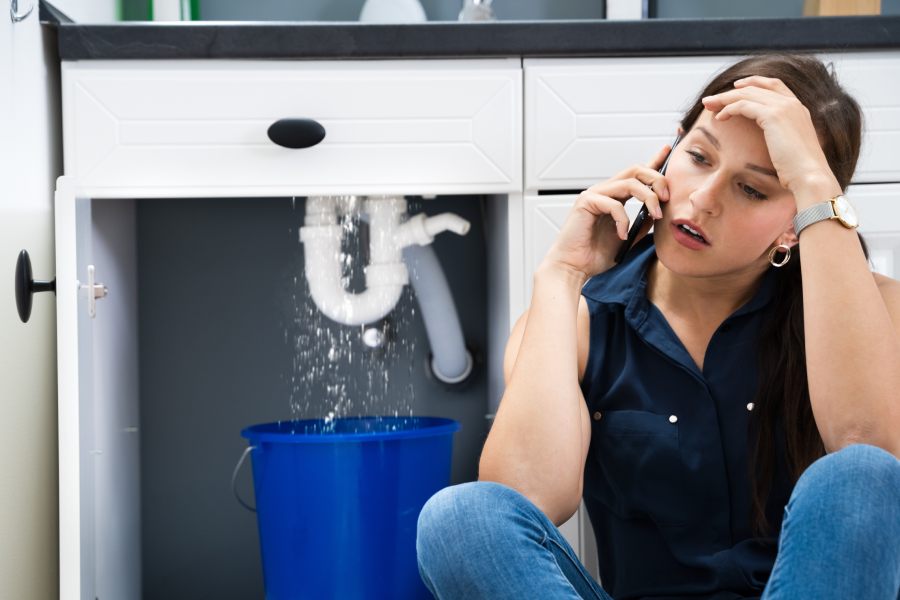
Step 2: Water Removal and Extraction
Once the damage is assessed, the next crucial step is removing any standing water from the property. Restoration professionals utilize powerful pumps, wet/dry vacuums, and truck-mounted extraction units. This allows them to quickly remove water from floors, carpets, and other saturated areas.
Even small amounts of remaining moisture are extracted, as leaving any behind can lead to mold growth and further structural issues down the line. The longer water sits, the more damage it causes. Water extraction must happen as quickly as possible. Furniture may need to be removed to properly extract all areas.
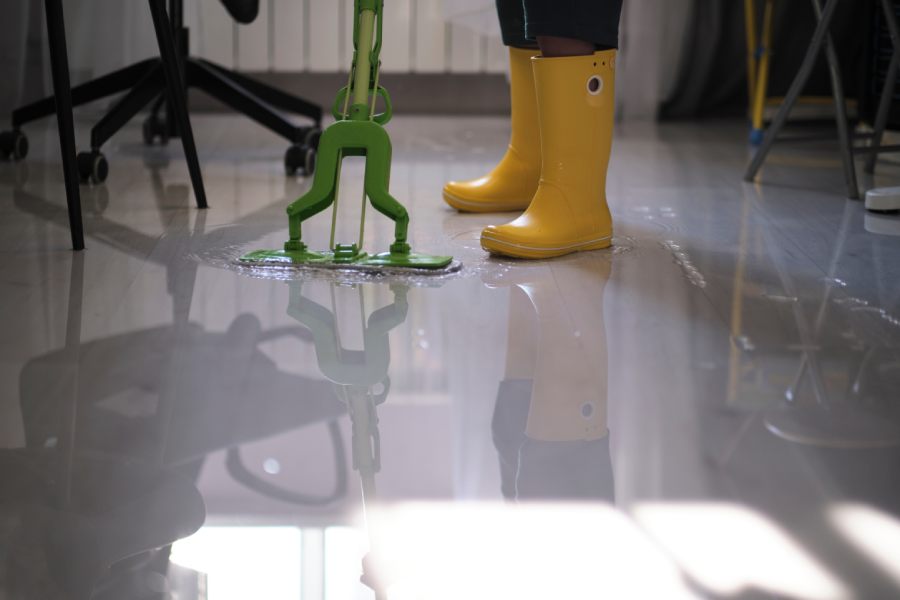
Step 3: Drying and Dehumidification
After extracting the excess water, the focus shifts to drying and dehumidifying the affected areas completely. Industrial-grade air movers and dehumidifiers are brought in to rapidly dry out any remaining moisture trapped in materials like drywall, wood, and insulation.
Professionals closely monitor this process using moisture meters to ensure no dampness remains. Lingering moisture can create an environment ripe for mold development and structural damage.
Drying times vary based on saturation extent. Hard-to-reach areas require special techniques. Temperature and humidity levels are carefully controlled throughout.
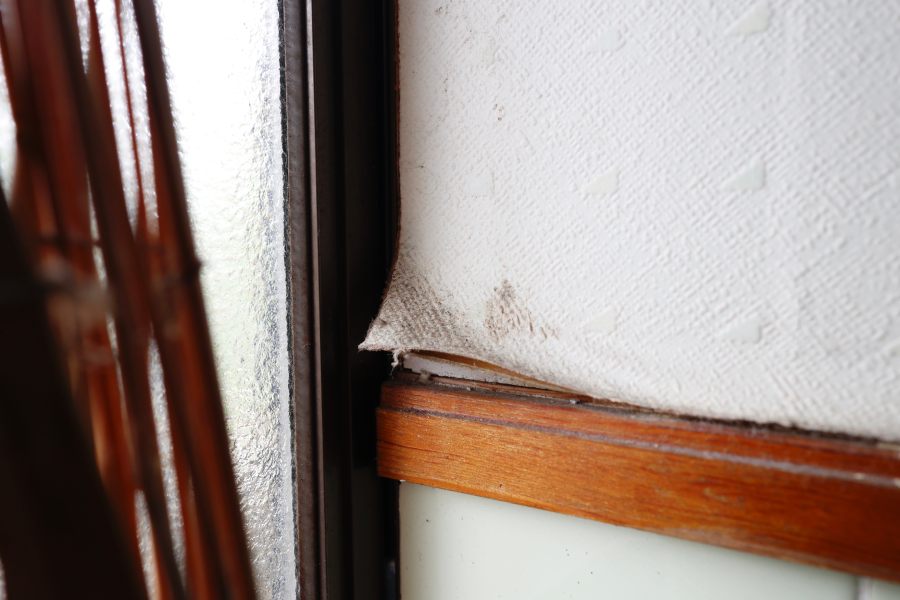
Step 4: Cleaning and Sanitizing
With the area dried out, the next phase involves thorough cleaning and sanitizing. Specialized antimicrobial and disinfecting agents eliminate bacteria, contaminants, and allergens present after water damage.
Surfaces, furniture, and belongings are cleaned using specific techniques to sanitize the space and prevent future mold issues. Heavily contaminated materials may require disposal. Odor removal is addressed during this phase, and workers wear protective equipment throughout the cleaning process.
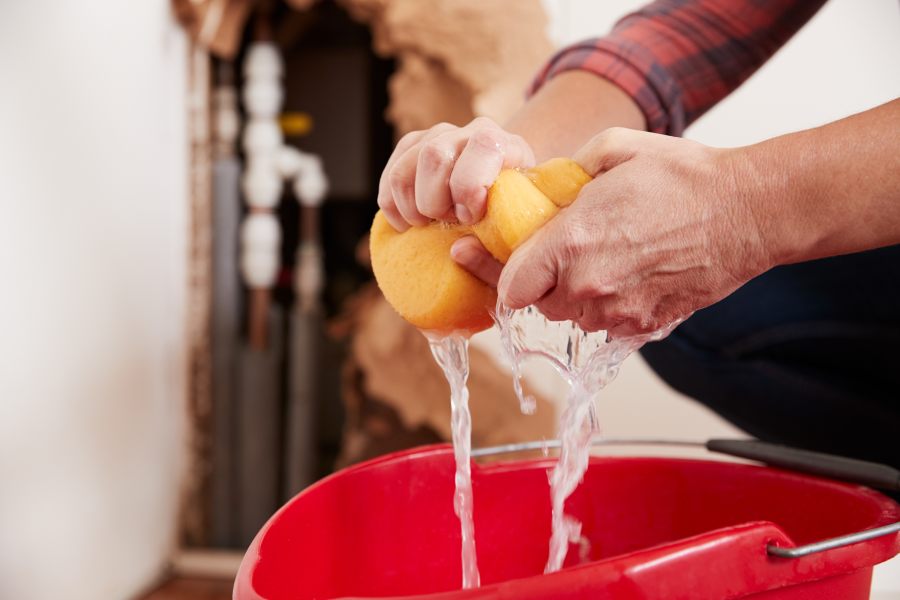
Step 5: Mold Prevention and Remediation
Preventing mold growth is a top priority throughout the restoration process. Dehumidifiers and air movers create an environment hostile to mold spores during drying. If mold is present, professional remediation occurs, isolating and removing existing growth using proper safety protocols.
Antimicrobial treatments discourage new mold from taking root. Containment is crucial, as mold spores spread easily. Air filtration may capture airborne spores. Follow-up inspections check for lingering mold issues.
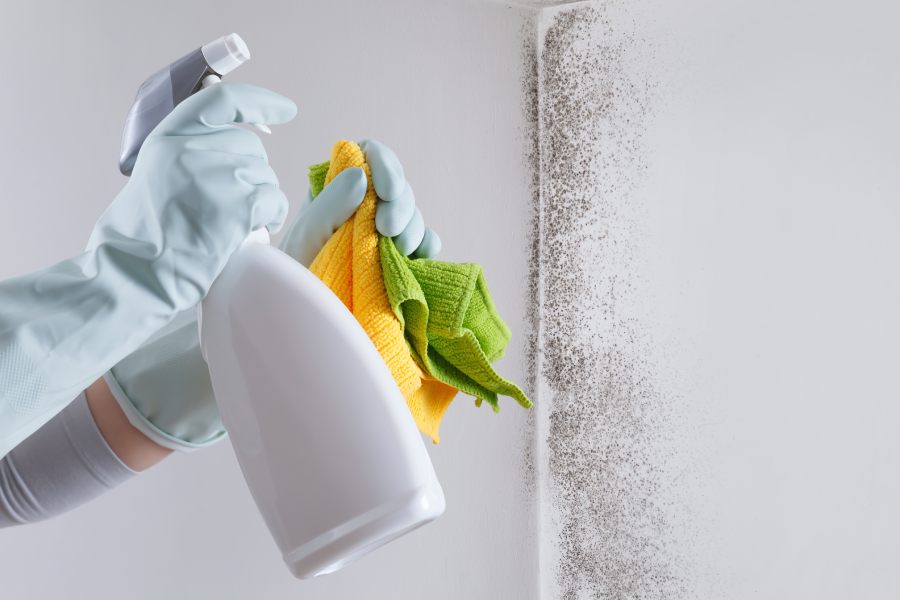
Step 6: Repair and Restoration
Once the affected areas are clean, dry, and mold-free, the repair and restoration work begins. Any structural components like drywall, insulation, or flooring that sustained damage will be repaired or replaced as needed. The goal is to restore the property to its original, pre-damage condition.
This involves activities like drywall installation, painting, carpet laying, and more. Experienced professionals handle these repairs properly. The work aims to prevent any future water damage issues. Refinishing and repainting restores the aesthetic appeal. Restoration may take weeks for major projects.
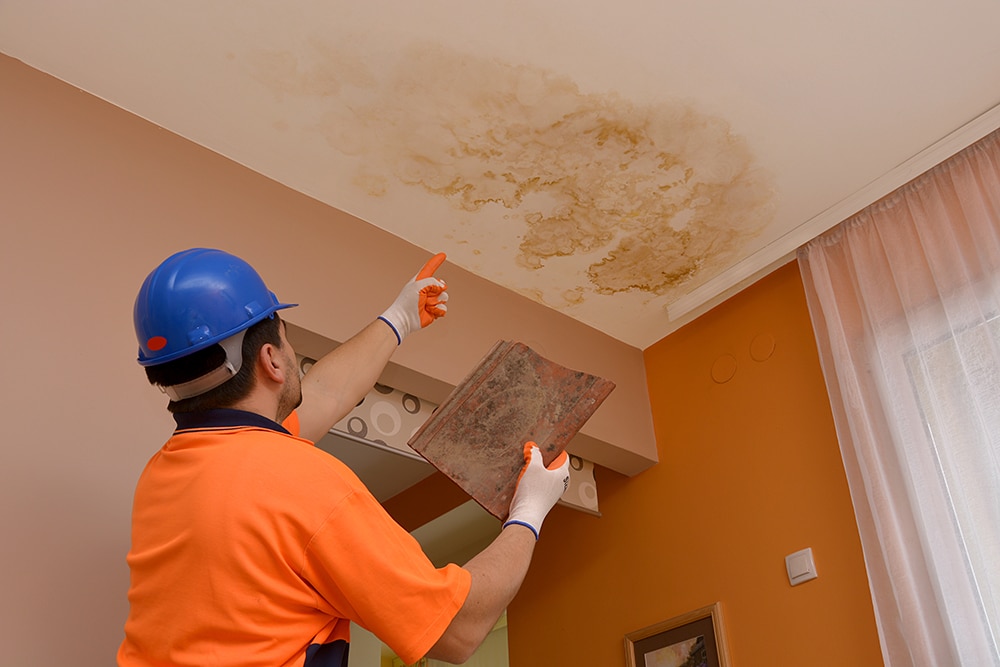
Step 7: Final Inspection and Verification
The final step is a comprehensive inspection to verify the complete restoration of the damaged areas. Professionals thoroughly examine the property and document that all issues have been resolved satisfactorily.
This final approval gives owners peace of mind that their home or business is safe to reoccupy. A walkthrough ensures owner satisfaction, while documentation provides proof for insurance purposes. Warranties on work performed may also be provided.
Following these water damage restoration tips, you can ensure that your property is thoroughly restored to its pre-damage condition, minimizing long-term issues and protecting your investment.
While you can handle minor water damage cleanup by yourself, significant water damage requires professionals on-site whatever the cost. For instance, our team of experts not only assesses the damage but uses state-of-the-art equipment to ensure thorough drying, mold prevention, and proper restoration.
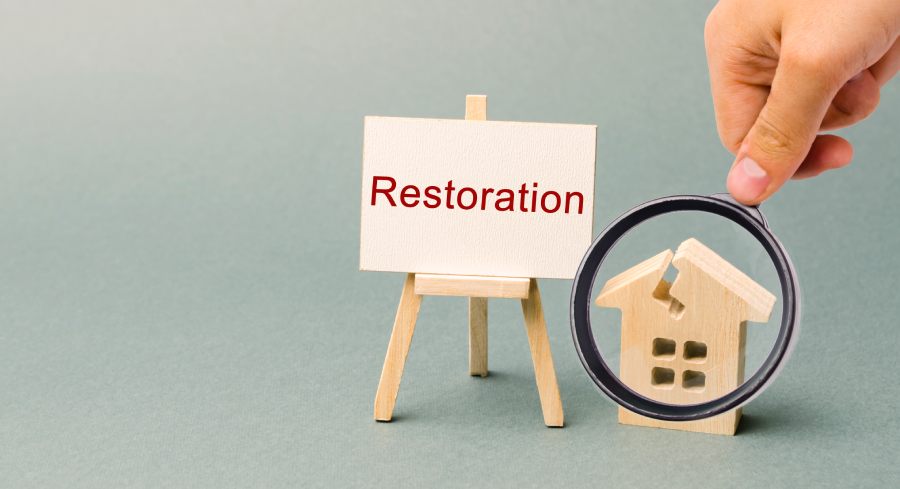
The Importance of Professional Help
Expertise and Capabilities
Water damage restoration professionals undergo extensive training in the latest techniques, safety protocols, and industry standards. This expertise allows them to properly assess all damage, create an effective restoration plan, and prevent further issues like mold growth or structural compromise.
Our professionals have access to specialized commercial-grade equipment like truck-mounted pumps, high-velocity air movers, and dehumidifiers. These tools rapidly extract water and dry out moisture more effectively than homeowners can. Their knowledge and capabilities ensure the job is done comprehensively and by the book.
Why Hire Professionals
Attempting DIY water damage restoration is extremely difficult and risky. You may miss hard-to-detect moisture that leads to secondary damage down the road. Professionals efficiently handle the entire process while meticulously documenting insurance claims.
They repair any structural damage to make the building safe again. Certifications and experience allow them to remediate mold safely and minimize disruptions. Hiring a reputable, proven restoration company provides peace of mind that your property is properly restored quickly after an emergency.
Conclusion
Water damage can have devastating effects on properties, possessions, and overall well-being if not addressed promptly and properly. The comprehensive steps covered in the water damage restoration process provide the best chance for a full recovery.
When executed by trained professionals, these steps are most effective. From initial assessment and water extraction to drying, cleaning, mold remediation, and repairs, each phase is vital in mitigating damage and restoring properties safely.
While logistical and technical challenges exist, reputable restoration companies have the expertise, equipment, and experience to navigate complexities efficiently. Ultimately, entrusting this intricate process to certified professionals allows peace of mind.
Knowing the job is done comprehensively and adhering to industry standards and best practices ensures optimal results. Their guidance can make all the difference in transforming a water-related disaster into a proper restoration.
